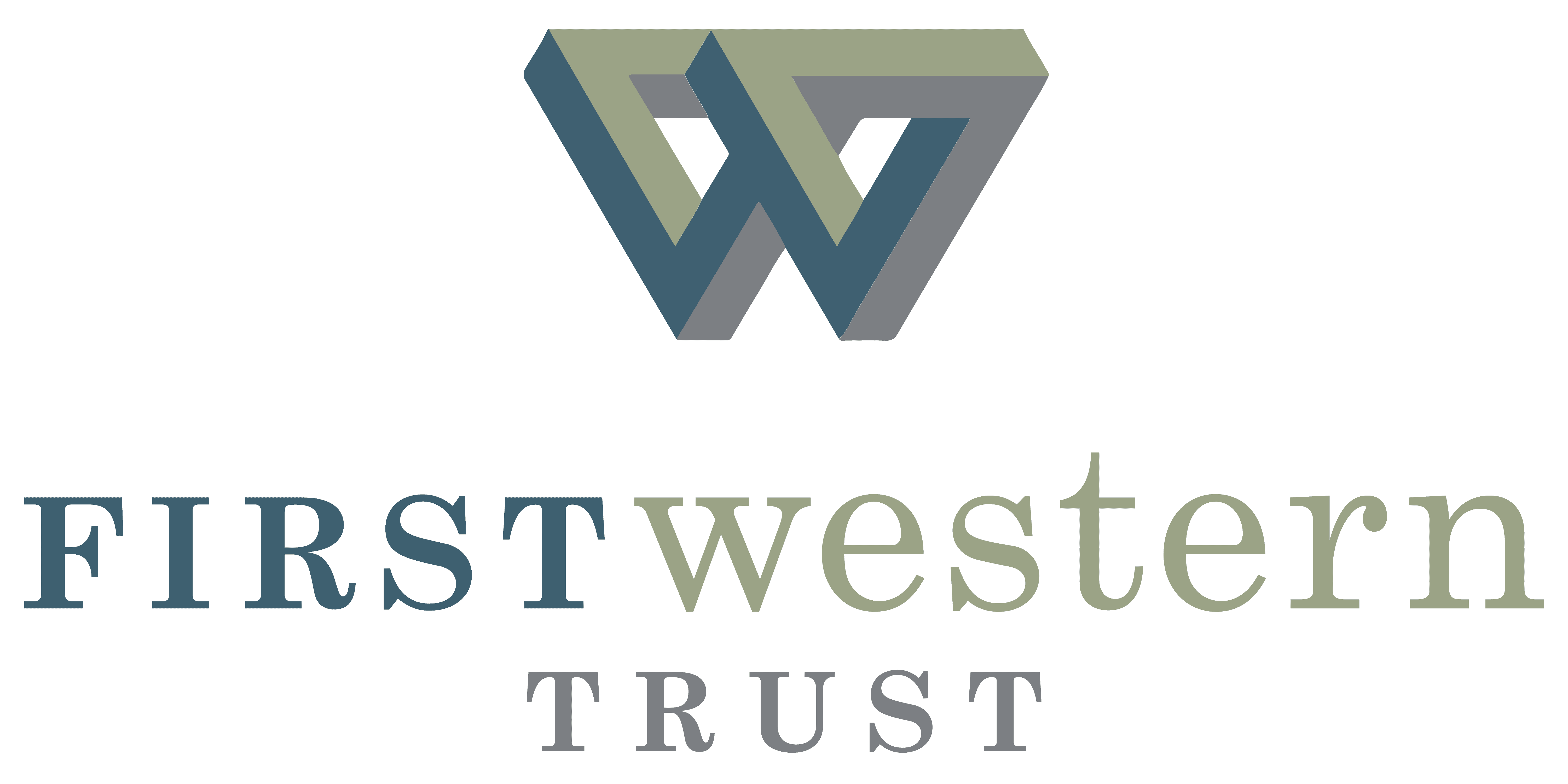
Why Treasury Should Be Involved in Strategic Decision-Making
July 7, 2020
The COVID-19 pandemic has turned a lot of businesses on their heads, from disrupting supply chains to scaring off consumers to driving business online. Businesses have scrambled to adapt, evolve, and emerge from the other side of this crisis — whenever that may be — stronger and more versatile than ever.
One of those big moves is treasury. Treasury departments have already become more important and more potent in recent months, thanks to the need for strict cash flow management and oversight. Going forward, treasury can use this opportunity to take a more strategic role, rather than simply operating in the background, and help management with high-level decision-making in the future. Here’s how.
Get a Handle on Company Goals
In order for treasury teams to weigh in on any decisions in the future, they need to know what the company looks like now and where you want it to go. They need to know the roles of other internal departments, what they’re trying to accomplish, and how they’re measuring their progress. With a comprehensive understanding of the company’s inner workings, treasury can act as an internal consultant and identify gaps or pain points in your company’s plan.
Look at the Internal State of Your Treasury
Any treasury is going to have three major types of role to keep track of: operational, analytical, and strategic. Here’s how they apply to cash positioning, for example:
- Operational: download daily statements, compile data, and keep track of expected inflow and outflow of cash
- Analytical: review expected payments and actual transactions, review the buffer amount you have available, make decisions about how to transfer money between accounts, and analyze investment gains
- Strategic: Backtest payments to review the adequacy of the cash buffer, review funding instruments, and enhance the cash forecasting process
When the treasury is able to look deep into every granular aspect of its work, it can paint a complete picture of how the team spends their time, what kind of tasks they work on, and how much time is spent on those tasks.
There will always be mundane operational tasks, but with software automation and a clear understanding of what’s taking up everyone’s time, they can be whittled down to improve efficiency so that you can focus your energy on analytical and strategic tasks.
Identify Opportunities
Once treasury has taken stock of business goals and the internal state of the department, it can start to look forward. Think about how treasury can help the state of the organization going forward with better analytics and strategic components.
One major role for treasury going forward is when it comes to mergers and acquisitions. Merging two companies going forward is never easy, and anything you can do to make synergy happen faster will be extremely helpful.
Look for gaps between what your treasury currently does and what you want it to be able to do, specifically targeting the skillset that the team already has. You should also consider additional tools, like training or software, that can make your team even more competent.
Finally, put together a detailed plan for how to transition treasury’s role going forward. Lay out top priorities and more secondary ones, pushing for responsibilities that are already aligned with the abilities and core competencies of each department. Make the case in terms of business — how will this new internal structure make the treasury, other departments, and the company as a whole more efficient?
Get Started
Once you’ve made your case and gotten everyone to buy into the new system, transition starts with communication. Everyone needs to know what new jobs they’re taking on, what old duties they’re no longer responsible for, and when those changes will happen. Any change in processes or handoffs should be clearly communicated to everyone involved, from senior management all the way down. In a larger company, it’s a good idea to appoint a project manager to keep everything organized.
Remember to keep up. These transitions won’t be a one-time change — you’ll need to keep examining your internal structure and duties to make sure that you’re not allowing new inefficiencies or old, bad habits to creep in and disrupt your organization. If you do, repeat the process.
Talk to the Experts
First Western Trust Bank takes a unique approach to wealth management for businesses and individuals alike. Rather than pigeonholing you based on income, address, or industry, we’ll examine every facet of your business and created a holistic, tailored plan of action that’s right for you. If you’re ready to start taking the future of your business seriously, get in touch. We’re ready to help.
Newsletter Sign Up
Insights
Week in Review: March 7, 2025
Recap & Commentary Markets ended the week lower, with the S&P 500 suffering its largest weekly decline is six months, […]
Learn more
Beware of Home Warranty Scam Letters: How to Spot and Handle Them
If you’ve received a letter that says your home warranty is about to expire, you may be the target of […]
Learn more
Building from the Ground Up: Financing Custom Home Construction
Building a custom home is a chance to design a space that perfectly reflects their tastes, needs, and lifestyle. However, […]
Learn more
Legacy Planning: Ensuring Financial Security for Future Generations
Legacy planning is more than just passing down wealth—it’s about creating a lasting impact that aligns with your values and […]
Learn more
Strategic Treasury Management: Optimizing Cash Flow, Liquidity, and Risk for Business Growth
Effective treasury management is essential for businesses looking to maintain financial stability, optimize cash flow, and mitigate risks. By strategically […]
Learn more
Week in Review: March 7, 2025
Recap & Commentary Markets ended the week lower, with the S&P 500 suffering its largest weekly decline is six months, […]
Learn more
Beware of Home Warranty Scam Letters: How to Spot and Handle Them
If you’ve received a letter that says your home warranty is about to expire, you may be the target of […]
Learn more
Building from the Ground Up: Financing Custom Home Construction
Building a custom home is a chance to design a space that perfectly reflects their tastes, needs, and lifestyle. However, […]
Learn more
Legacy Planning: Ensuring Financial Security for Future Generations
Legacy planning is more than just passing down wealth—it’s about creating a lasting impact that aligns with your values and […]
Learn more
Strategic Treasury Management: Optimizing Cash Flow, Liquidity, and Risk for Business Growth
Effective treasury management is essential for businesses looking to maintain financial stability, optimize cash flow, and mitigate risks. By strategically […]
Learn more
Week in Review: March 7, 2025
Recap & Commentary Markets ended the week lower, with the S&P 500 suffering its largest weekly decline is six months, […]
Learn more
Beware of Home Warranty Scam Letters: How to Spot and Handle Them
If you’ve received a letter that says your home warranty is about to expire, you may be the target of […]
Learn more
Building from the Ground Up: Financing Custom Home Construction
Building a custom home is a chance to design a space that perfectly reflects their tastes, needs, and lifestyle. However, […]
Learn more








